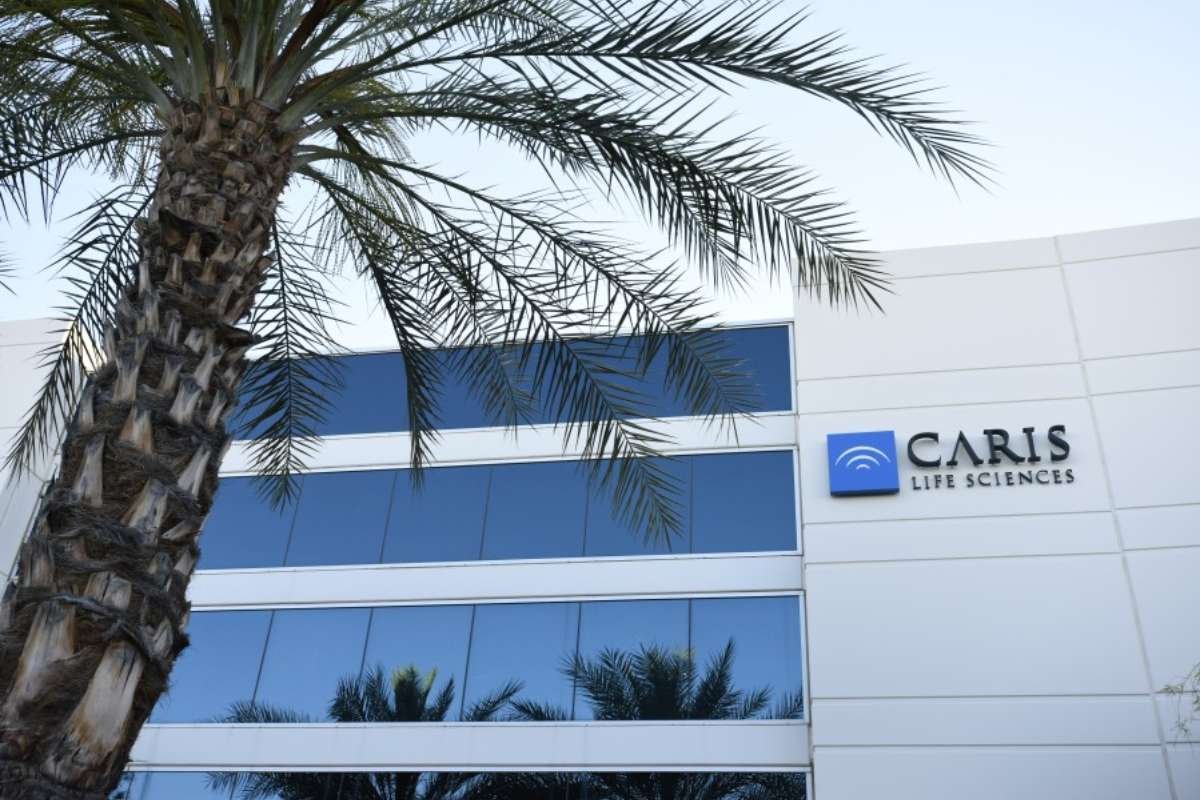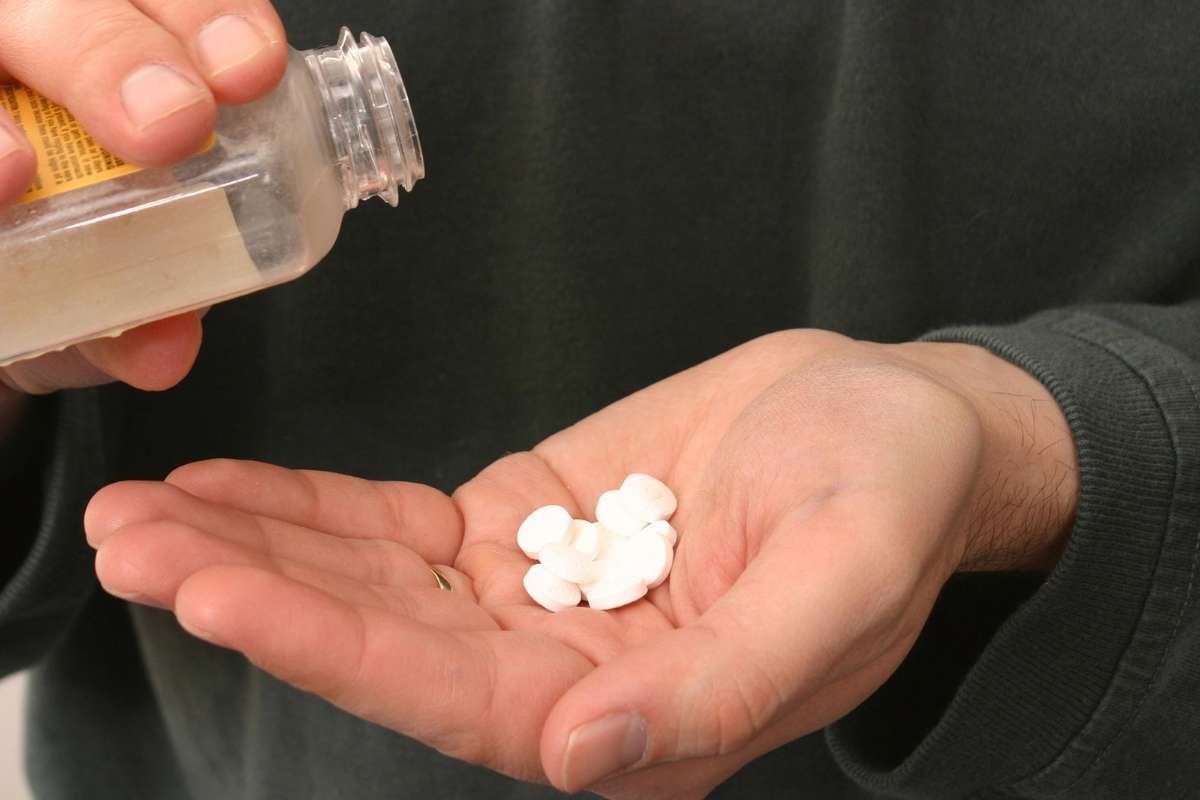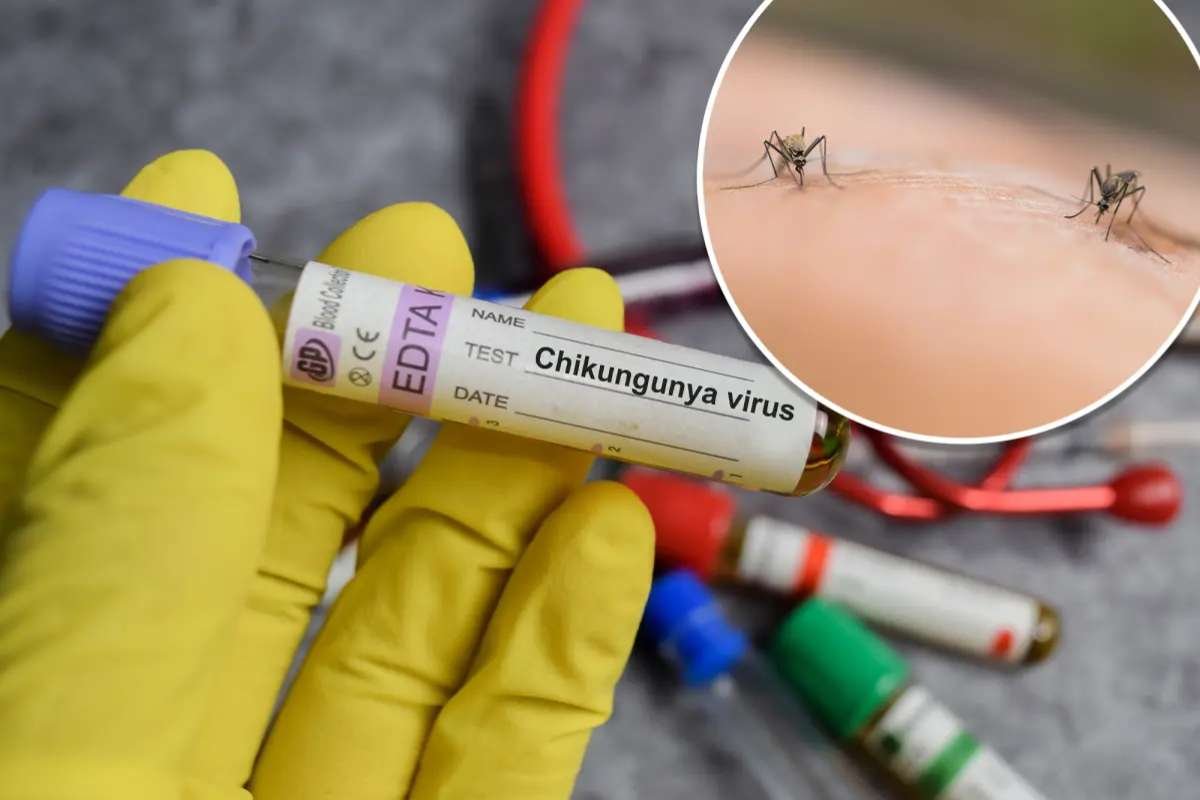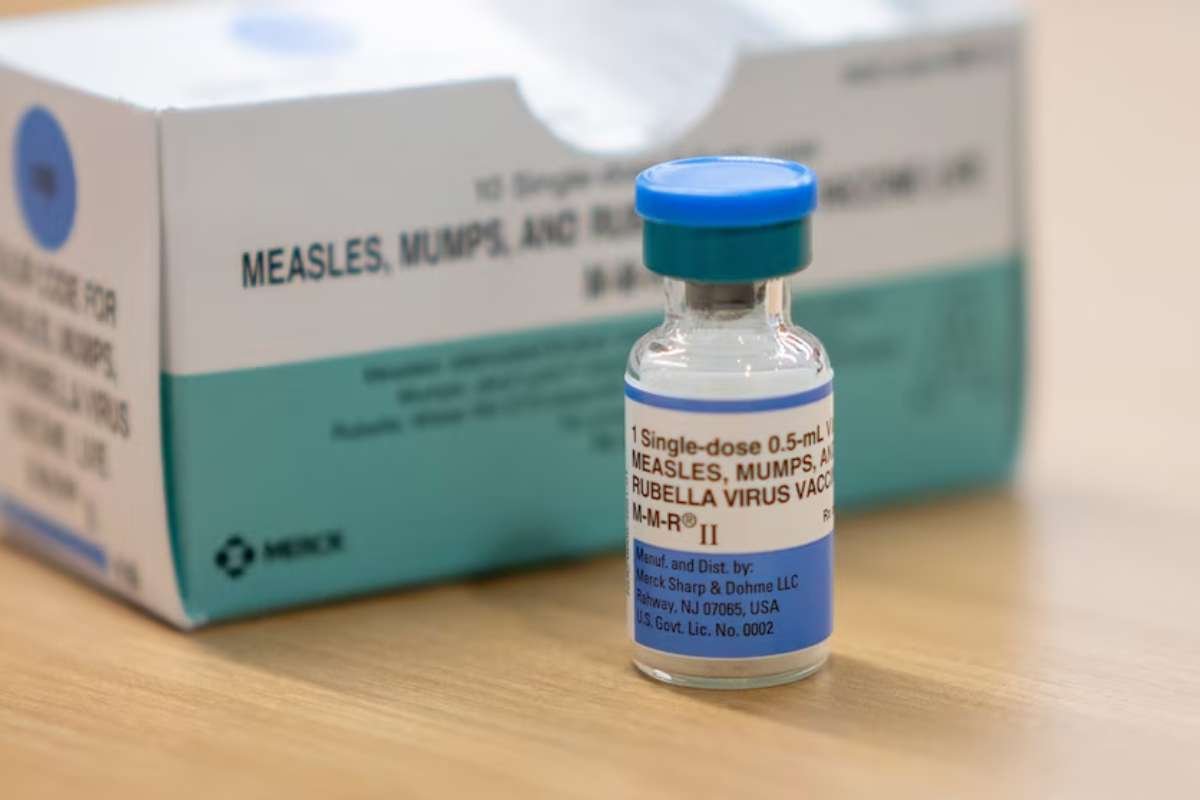Caris Defies Market Trends with Strong IPO Debut
In a climate where biotech IPOs have remained largely stagnant, Caris Life Sciences has successfully bucked the trend by raising $494.1 million through its public market debut. The Irving, Texas-based precision medicine company uses AI and machine learning to diagnose cancer and recommend targeted therapies. Unlike most clinical-stage firms struggling to attract investors, Caris enters the public markets with a commercially active business and a solid product portfolio. Its Nasdaq-listed stock (symbol: CAI) closed at $27.25 on Friday, marking a 29.7% increase from its IPO price.
Caris Life Sciences provides molecular profiling services for cancer diagnosis and treatment planning. Its proprietary platforms—MI Cancer Seek and Caris Assure—enable clinicians to match patients with suitable therapies and conduct comprehensive genomic analyses via blood or tissue samples. Originally built upon the 2008 acquisition of the Molecular Profiling Institute, Caris now operates with the support of advanced sequencing technologies and AI tools. According to founder and CEO David Halbert, the company has completed 6.5 million tests across over 849,000 cases, generating more than 13 quadrillion molecular datapoints to drive its data-rich approach.
Precision Oncology Today, Chronic Disease Tomorrow
Caris’s technological edge is not just changing cancer care; it may soon reshape the diagnosis and management of other chronic diseases. Halbert emphasized that Caris Assure, a universal assay used for every patient sample, is capable of identifying genetic alterations linked to cardiovascular, neurological, and metabolic disorders. Although its current focus remains oncology, the company envisions expanding into broader therapeutic areas.
The company’s client base includes more than 100 pharmaceutical and biotech firms, such as Merck, AbbVie, and Moderna, alongside multiple academic institutions. In November, the FDA approved MI Cancer Seek for six cancer indications, launching its commercial availability in early 2024. In the first quarter of the year, Caris also rolled out Caris Assure for broader cancer therapy selection. These developments contributed significantly to its financial performance. Caris reported $412.2 million in revenue for 2024, a 34.6% year-over-year increase, with molecular profiling accounting for $114 million in Q1 2025 alone—a 55.7% increase over the same period last year. Despite this growth, the company posted a net loss of $281.9 million in 2024.
As of Q1 2025, Caris held $31.2 million in cash, with an additional $168 million raised in April from investors including Braidwell. While no specific use for the IPO proceeds was detailed, the funds are expected to support the company’s continued platform expansion and R&D efforts.
IPO Market May Be Warming, But Caution Remains
Caris Life Sciences IPO is one of the few bright spots in an otherwise sluggish biotech IPO market. According to DNB Bank and Back Bay Life Science Advisors, only 13 healthcare IPOs raised $2.5 billion collectively through May 2025, most occurring in the year’s early months. Notably, many underperformed, trading below issuance prices. Caris, along with tech-focused firm Slide, stands out for surpassing its IPO price in initial trading, suggesting a selective investor appetite for growth-stage companies with proven business models.
Renaissance Capital CEO Bill Smith noted that ongoing economic and geopolitical uncertainties, including tariffs and interest rates, continue to weigh on market sentiment. However, analysts at Ernst & Young foresee potential shifts. They suggest that Senate passage of the U.S. budget, clarity on tariffs, and possible interest rate cuts by the Federal Reserve could ease investor caution. EY’s Arda Ural predicted that these changes, if resolved by October, could signal a more favorable IPO environment heading into the end of 2025.
Visit The Lifesciences Magazine for most recent information.







